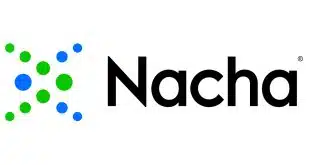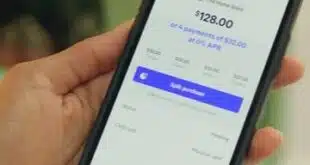American Express Co.'s experiment with contactless payment based on keyfobs in and around Phoenix, in progress since July, is expanding into more locations and apparently meeting with merchant and consumer approval. The ExpressPay program, which puts small keychain fobs in the hands of consumers instead of plastic cards, relies on radio-frequency transmission to send card-account and payment data to merchant processors, via special point-of-sale readers and the already-installed base of payment terminals. AmEx has already expanded the program to close to 300 merchant locations, up from the 175 it started with this summer. The locations are mostly quick-service, high-throughput stores where transaction speed is critical. They include Dairy Queen, Quiznos Subs, and all Phoenix locations of Carl's Jr., the hamburger chain that in the 1980s helped pioneer debit cards at the point of sale. The number of holders of the keyfob is in the “thousands,” says an AmEx spokesman, and the card company expects the number to reach 15,000 to 30,000. For the pilot, AmEx is footing the bill for the fobs and readers, made by Texas Instruments. The readers run less than $100 each in volume. There are no merchant fees beyond ordinary credit card discount rates. The company says it hasn't yet gathered hard statistics from the stores, but, says the spokesman, “merchants are telling us they're having a good experience with it.” AmEx, he says, is fielding calls from merchants and terminal manufacturers about the program. ExpressPay works by allowing encrypted card data to be beamed from a chip in the keyfob to a nearby reader, which is linked to an existing POS terminal. The radio-frequency technology replaces the need to swipe a card, and cuts transaction time to 8.9 seconds, nearly half the time needed for a card transaction without a signature, according to data AmEx gathered from an earlier, limited test in its cafeteria and a few other locations. The same test showed average tickets were at least 30% higher compared to cash. ExpressPay also beats cash-tender time by over 3 seconds. Payments are linked to any AmEx card or to a prepaid account held by AmEx but funded by any credit or debit card. So far, says the spokesman, more people are favoring the former. AmEx won't say whether it plans to move the technology onto cell phones, but the spokesman says it will move it onto a card. It started with keyfobs because they tested best with consumer focus groups and because they have achieved success in similar programs like ExxonMobil SpeedPass. AmEx's primary strategy with contactless transactions, regardless of form factor, is to expand its reach into quick-service merchant categories and reduce its reliance on travel-and-entertainment spending, which is sensitive to trends in the economy. Already, T&E spending accounts for just one-third of the company's card volume, down from two-thirds 10 years ago.
Check Also
Affirm Expands Its Credit Reporting to TransUnion
Buy now, pay later platform Affirm Holdings Inc. early Tuesday announced it will begin credit …





